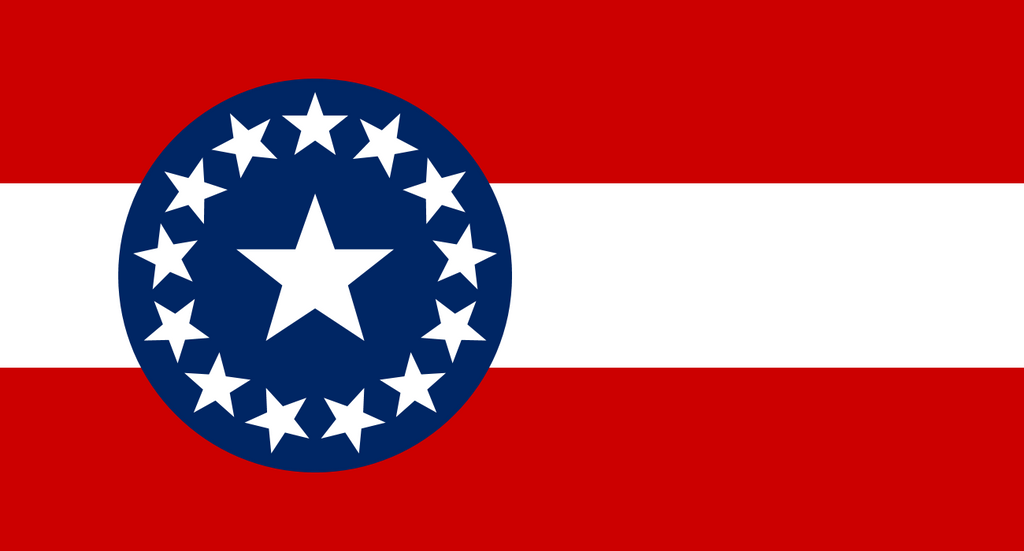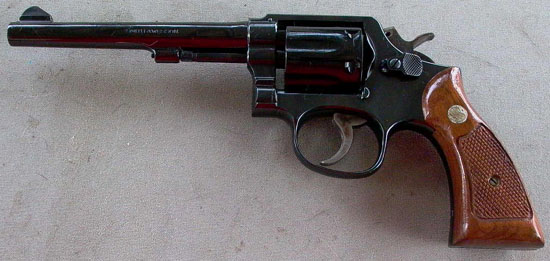Confederated States' Southern Border
9:00 AM, January 3rd, 1900
The ShootistThe sun shone especially bright at that moment, and the men in their full khaki uniforms and stifling puttee boots were dripping with sweat as they lazily took to their horses for the shift of patrol. Some carried carbines of bolt action, others with breechloading mechanisms and such. Units such as these which were never to serve the frontline were not well-equipped, sometimes barely equipped at all.
On the distance, across the border, a group of men could be seen. Identifiable as Kreolians by their gaudily large sombreros, they seemed to be trying to sneak closer to the border guard. There was little in the way of cover between them and the guards, however. Eventually they relegated themselves to just walking towards the guards. They were carrying.. Something. It was hard to tell what at the distance.
Of the platoon which patrolled that particular stretch one mile long, two sentries turned their horses, hailing the Kreolians with a raised right hand, presumed travellers, all too common with the times. They let their rifles set in the sheathes of which were firmly tied to their saddles. Their revolvers were in buckled holsters, and their sabres in tied-down sheathes.
Suddenly, ringing across the distance, came a battle cry. A cry that sounded like, "Die, gringos!" A flurry of bullets rang out, shot from Witten-Len 1868 model rifles, old repeating cartridge rifles. The bullets continued to come from the small group as they took potshots as quickly as possible at the patrol.
The two sentries had not even cleared leather before rounds tore into their unarmored bodies. The first took one into his upper torso, throwing him from his horse as he writhed and gasped, clutching his chest. The horse itself made to run, but was soon cut down itself, a clean shot into the heart. The second's horse took one through the neck, tossing him to the ground with his revolver he barely managed to get free from its holster. A snap-shot from him rang as he thumbed the hammer, but the next second a round entered his groin quite violently, propelling him into a similar situation as his compatriot, both writhing and bleeding out.
The shooting slowly died down as the two sentries writhed on the ground, and the Kreolians began to walk up, rifles at the ready in case there were reinforcements or the men tried to fire back despite their bloodied state. They eventually came into close range, where they brutally began to bash the men's faces in. When their work was done, they began to loot the bodies for supplies.
Tattered uniforms and old rifles were among the spoils, with old single actions of both black and smokeless powder models there too. But this raid was not without fault, with two squadrons of eight guards each riding from both the east and west, their rifles drawn and ready, making to acquire targets.
The Kreolians took cover behind the corpses of the horses, opening fire on the other guards. They fired rapidly, untrained with guns but believing wholly in their superiority. They continued to yell out insults at the guards, as they took their potshots.
One on the eastern squadron met his fate, and none on the west, the two squadrons scattering into staggered lines, using their horseback rifle training to make precise, aimed shots at the banditos. However, this concentration proved fatal, as their straight riding made it easy to lead them, and two on the west fell, another on the east.
Several of the banditos fell, but they continued to fire rapidly, the horses giving them much-needed cover. The corpses ate many a bullets, and the bullets continued to fly from both sides. Yelling, "Revolution!", and various insults, they let out another battle cry.
Two men's horses strayed, the rounds throwing them from their steeds, the rest riding hard straight at the banditos, six in all drawing their sabres and revolvers as they let out their own whooping war-cry, initiating their own small charge.
The banditos took advantage of the head-on charge, blasting the heads of the horses in, crushing the guards under their own steeds. Once the deed was done, they moved to do some more looting of the bodies. Then, they sent a messenger out. In about 30 minutes, a ragged column of 1,500 men arrived. Then, they crossed the border.
It seemed there was no more retaliation, that the rest of the border guards further out were none the wiser that the border was breached. The banditos were on north, with no signs of being stopped soon.
Township of Brewside, Confederated States
2 PM-6 PM, January 3rd, 1900
I Wont Back DownEventually, they came across a town, numbering 3,000 residents. Their column was certainly noticed, and the town militia began to form. They moved the townsfolk to the local mission, an old Kaiserreich fort from the colonial days. The 1,500 Kreolians rampaged through the undefended and empty town, setting buildings on fire and stealing whatever they could. Then, they shot the livestock, and butchered a few for meat, leaving plenty of rotting and unused cow carcasses on the ground.
They then turned their sights to the old mission. They surrounded it and began to take shots at the walls. The militia inside was steadfast, even courageous, or some may regard as stubborn. Old hunting weaponry and even some muzzleloaders comprised their arsenal, and they boarded up the doors and windows hastily, furniture serving as cover. The best marksmen were positioned on the roof with jury-rigged sandbags made of burlap and sand serving as their only cover as they took aimed shots at any which dared to wander into their sights. But, for all intents and purposes, the militia of the town of Brewside was under siege, holed up in that mission, known by all as Cochomana.
The fighting continued for another hour, heavy casaulties on both sides, before the Kreolians brought up an ancient cannon, perhaps from the early 19th century. Another old Kaiserreich weapon from ages long past. They loaded a cannon ball in, with a hefty helping of black powder, and lit the fuse.
The sound of the cannon rung out through Cochomana, and the southern wall crumbled. With a battle cry, the southern line began to charge the breach, still firing all the way with their old rifles.
The militia was prepared, a line of three ranks, the front prone, the second kneeling, and the third standing. To their side, a figure recognizable at any angle, frontiersman Nelson Dunham, who seemed to be leading them all, wielding a muzzleloader, bowie knife fastened to his hip as he commanded the fire order. The ranks opened up, cutting down the first line of charge, but before they could reload for a second volley, the lines met. Sabres, bayonets, and blunt objects thrusted from both sides, and the banditos' numbers proved decisive, overunning the main defensive line in minutes.
Still, the remaining flocked to the roof, boarding the stairs as they laid prone or crouched, with lines periodically firing down into the mass of banditos. The inner militiamen prepared for the assault via the stairs.
The banditos called for ladders, as they continued to make charges on the stairs. With nobody to resist their passage, the ladders hit the building and men began to climb up them. Just then, as well, they began to also storm the stairs, climbing over bodies as they fired indiscriminately into the defenders. A few ladders were kicked down, but not nearly enough, as the banditos began to flood the roof.
That fierce melee erupted again, and scattered shots, too. Many were cut down as they ascended the ladders and stairs, but firepower was not enough, as numbers won the battle, with much cost to the banditos. Not but a mere ten minutes after the roof was charged, all the defenders were slaughtered or captured.
The townsfolk were lined against the wall and shot in revenge for the lost revolutionaries. Three thousand town residents, all shot and killed. They were left in open air, no grave, to rot. The revolutionaries took their loot and left their dead, a total of 600 men. The revolutionaries were down to 900 men. They ran back across the border, with plenty of valuables, ammo, guns, and food.
Left particularly, atop the rubble of the Cochomana, was the head of Nelson Durham, upon a pike for all to see.
A collaboration between @CaptainBritton and @WrongEndoftheRainbow







